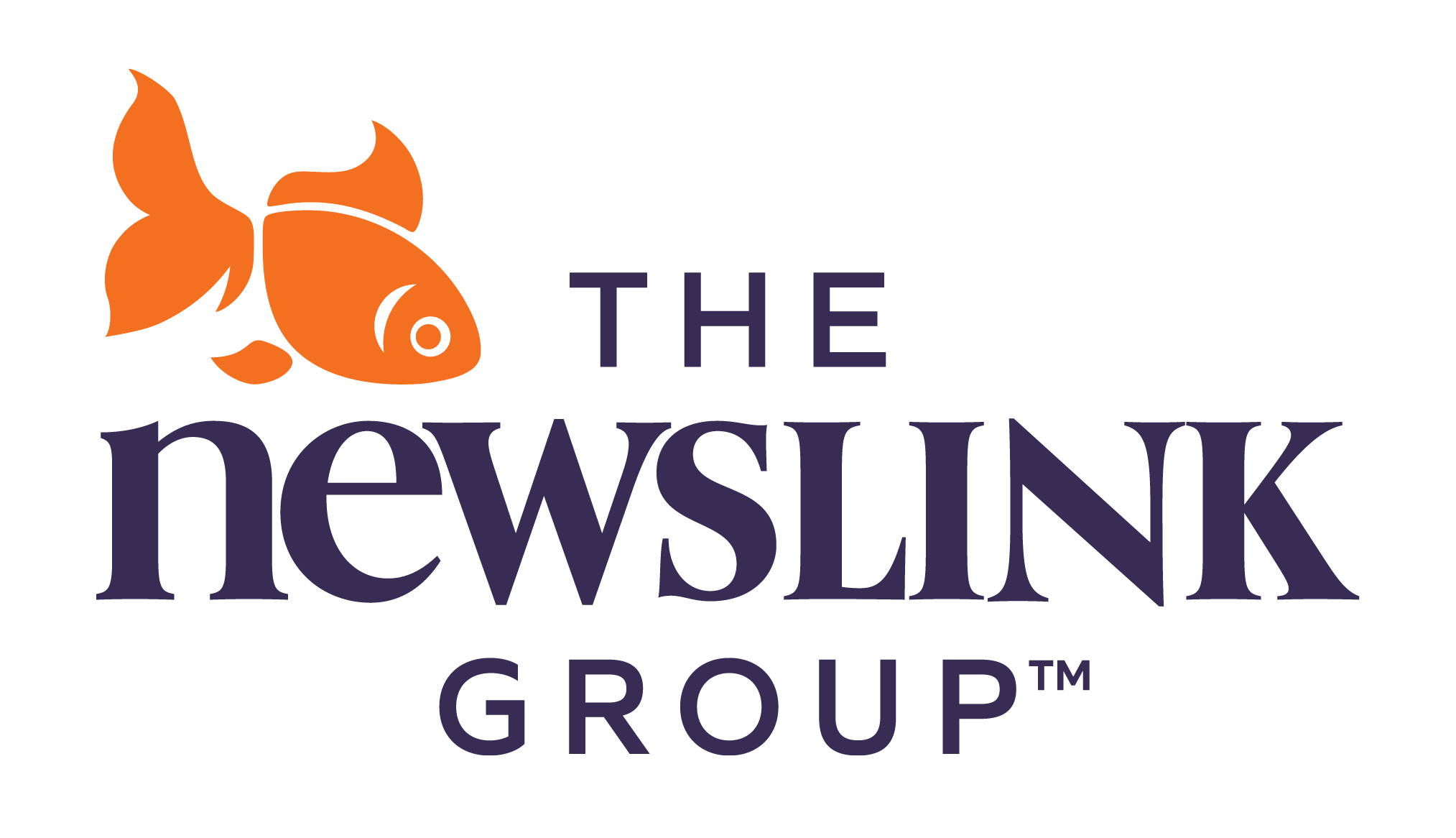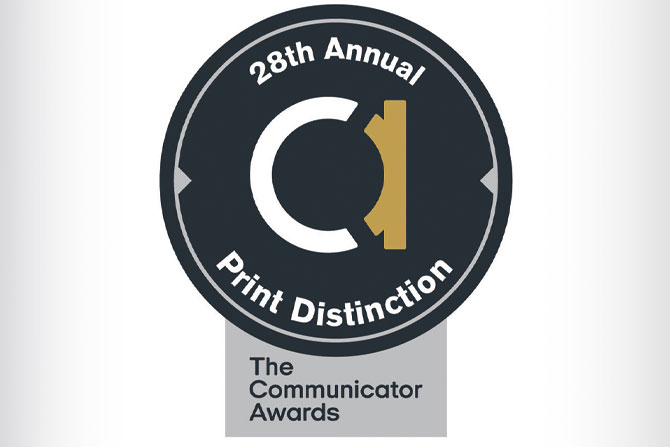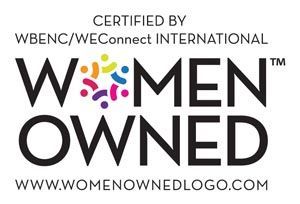Association magazines are a niche publishing market, but like the newspapers and magazines one might see in bookstores or grocery stores, they have a lot riding on pulling in engaged members, who are the lifeblood of the association world. While it is true that association members are more inclined to read their association’s magazine than people outside the organization, association magazines still have the challenge of drawing members in and getting them to pick up a magazine and open it. Creative headlines can help.
Using headlines to get people’s attention has two problems: first, there’s a lot of competition for that attention. We live in a world where people have more reading options than time. Second, you want more of people’s attention than the few seconds it takes to read the headline; you would like them to take a few additional minutes to read the article that goes with it, too. But if 10 people read an average headline, eight will ignore the story following it and move on to something else instead.
That leaves only two potential readers for your article. Those aren’t good odds, but you can improve them by writing better headlines.
Select a Headline Type
There are five general headline types. Here are some examples:
- Number: Five Ways to Add Muscle-Building Exercises
- Addressing the Reader: You Can Begin Building Strength Today
- How Statements: How to Build Muscle Faster
- Normal: Building Muscles
- What, Where, Who and Why Questions: Why Build Muscles?
The list order of these types is not accidental. A study of headlines on buzzfeed.com found that number headlines were more effective than any others (36% versus addressing the reader, which was 21%). “How” headlines got 17%, normal headlines got 15%, and other questions came in at 11%. Gender changed the percentages but didn’t change the rankings: women liked numbers even more than men. Also, people preferred the headlines that were the clearest about what the article contained.
If you want to combine headline types, use a colon to separate them. For example, your headline might read, “Five Ways to Add Muscle-Building Exercises: You Can Begin Building Strength Today.”
It would get really old if every single headline had a number in it, but the stories you want to highlight probably should. You may want to write the same headline five ways before deciding which form you believe is most effective.
How to Use Numbers
Depending on what you want to accomplish, it might be a good idea to use small numbers in headlines. There are a couple of reasons for this. First, the idea is to give readers a curated list, not a grab-bag of possibilities. If you have an article that talks about “101 Ways to Make Spaghetti,” the chances are good that nobody will try more than a few.
Second, big numbers overwhelm most people and become meaningless. Chip Heath and Karla Starr wrote about this problem in their excellent and useful book, Making Numbers Count. (According to them, anything bigger than five is a big number. Really big numbers, like a million, make people feel numb unless you can translate it into something they understand easily.) You can help people understand the significance of a number, but headlines are ideally short, so save big numbers – and ways to help readers relate to them – for the article itself.
Help Search Engines Find Your Headline
Taking the time to think about your headlines means more people will read the article that goes with it. Researchers have found that a good headline on a website like Upworthy can increase online traffic by 500%.
Some people will read only the first few words of a headline. Aim to write a concise headline that front-loads the most relevant information.
Current best practices include keeping the headline length under 70 characters and ensuring the headline uses one keyword that people searching for the article would be likely to use. Choose the most important one and place it as early in the headline as possible
It used to be good journalistic practice to shorten names as much as possible in news stories. For example, headlines didn’t use first and last names. That is no longer true. Use people’s first and last names because that will help search engines.
Although you want to help search engines find your story, remember that readers are more important than search engines. That is why you should write for the reader, not for SEO. A clear, well-written story should do fine when people use search engines to look for it; a story crammed with keywords will not.
Emphasize Value
People pay attention to information that promises to deliver value. Figuring out the value will vary depending on the audience, but the best ones are unique. How would you differentiate your association from a rival association if you talked to someone about them? The differences between associations may have to do with location, purpose and member identity. Keep that difference in mind when you write headlines.
If two magazines have the same audience, chances are their readers will read one magazine or the other but not both. An article for a dealership or a banker will need something that ties it to the reader’s current interests and promises to solve a problem. For example, dealers who have a hard time getting parts for the service department are likely to read “Sidestep the Service Department Supply Chain.” A community banker in Florida seeing too much customer turnover would probably read “Retaining New Bank Customers in Florida.”
Get the Details Right
When writing headlines, it’s hard to know where the line is between “clever” and “too clever.” Some people might not understand what you are talking about. Even though the goal is to write lively, unique headlines, it’s also important to write ones that people understand immediately. Save any jokes you may have for some other setting.
General suggestions include using the word “you” in headlines and thinking about your audience. Why should a reader care about your headline or your story? What is likely to be most relevant to their interests? Also, it’s fine to write headlines in the form of questions, especially if you identify a problem and have some solutions. Questions in a headline create a curiosity gap, and good questions encourage people to continue reading. Remember that the best question to ask may likely start with “How.” Finally, keep verbs active. Avoid infinitives (“to be” verbs). Headlines shouldn’t use any wasted words.
Headlines can be understated or use superlatives (“best,” “smartest,” “faster” and “perfect”). Should you use them? According to one survey, more than half of the survey respondents preferred an understated headline with either one superlative (29%) or no superlatives (22%). However, a fourth of the survey respondents preferred headlines with four different superlatives (25%). If you plan to use superlatives, avoid the middle ground. Either limit yourself to one or be flamboyant and use four.
To better understand headline details, look at other publications to collect ideas and see what a good headline looks like. Analyzing other people’s work always helps develop fresh ideas.
Play Fair
If you’ve ever seen a clickbait article, you know how frustrating it is to click on one and realize you have many clicks and many ads to navigate before you get to whatever it was you wanted to see. Sometimes cliffhangers are an appropriate way to keep someone reading, but if you value your reader’s time, you won’t make anyone wait too long for your main points. If a headline asks a question, place the question’s answer close to the top of the article.
Journalism teaches writers to put the most important information first because that way, readers will get what they need to know in the first few paragraphs. Marketing experts encourage writers to edit their stories and include only the points readers are likely to care about. Those are both good rules to follow.








